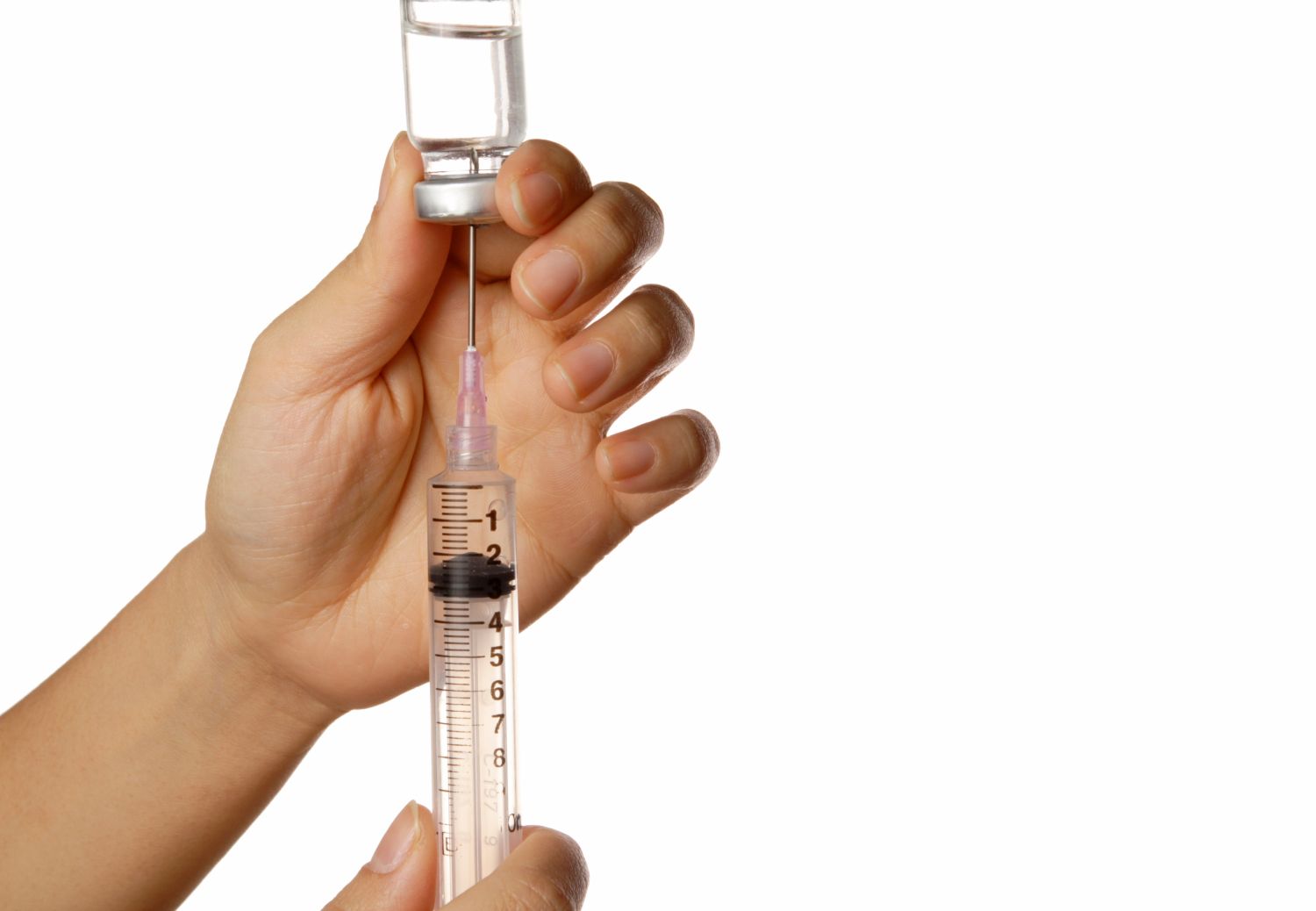Antipyretics for children are prescribed by a pediatrician. But there are emergency situations for fever when the child needs to be given medicine immediately. Then the parents take responsibility and use antipyretic drugs. What is allowed to give to infants? How can you bring down the temperature in older children? What medicines are the safest?
Oxytocin is a hormone responsible for uterine contractions during childbirth and the postpartum period. However, the use of oxytocin is not limited to childbirth. The instruction to the drug allows its use for the purpose of terminating a pregnancy. We will talk about how to use oxytocin during an abortion and what consequences this can lead to in this article.
Uterine contractions during childbirth are stimulated by the hormone oxytocin: it acts on the muscles of the uterus through special receptors, the number of which gradually increases from the 14th week of gestation, remains unchanged for a long time and increases by the time of childbirth.
Indications for termination of pregnancy
Up to 12 weeks, a woman can terminate a pregnancy without explanation. Later than this period - only for medical or social reasons . Artificial abortion is carried out up to 22 weeks of gestation. The choice in favor of abortion, rather than surgical intervention, is due to the fact that, over a long period, the extraction of the formed fetus in parts causes psychological trauma to the woman and the doctor who is forced to perform the operation.
The following are recognized as medical indications for abortion:
- infectious diseases - syphilis, HIV, rubella, tuberculosis;
- oncological diseases;
- heart defects in the mother;
- hereditary diseases, genetic mutations - Down syndrome, Patau;
- severe chronic diseases of internal organs with impaired function;
- gross malformations of the fetus;
- frozen pregnancy.
Examples of social indications:
- death of a spouse during pregnancy;
- disability of the husband of 1-2 degrees;
- stay in places of detention;
- pregnancy after rape.
A complete list of indications is contained in the order of the Ministry of Health.
Oxytocin for early termination of pregnancy
The instructions for the drug provide for its use for abortion after 20 weeks, but sometimes oxytocin is also used to terminate a pregnancy in the early stages. The most suitable period for this is up to 4-5 weeks. During this period, the embryo has not yet attached to the wall of the uterus, the amount of estrogen increases, the myometrium becomes sensitive to the effects of large doses of oxytocin.
For a short period of time, the use of the hormone is also justified in case of incomplete abortion - it causes uterine contractions, and the remnants of the fetal egg come out.
It should be noted that oxytocin is rarely used for short-term abortion purposes. Recently, this procedure has been carried out with Mefipristone and Misoprostol. Oxytocin tablets for abortion can be used after these drugs.
Mechanism of action of oxytocin during abortion
Oxytocin binds to receptor proteins located on the membranes of muscle cells. This leads to the activation of a chain of enzymes, which increases the flow of calcium into the cells. The contractile activity of muscle tissue increases.
It is this effect that is used to terminate a pregnancy:
- In a short period of time, contraction of the uterus does not allow the fetal egg to attach and it comes out with a small amount of blood.
- In the later stages, oxytocin exhibits an effect similar to that in childbirth. The cervix opens and the fetus is born.
Dosage and route of administration of oxytocin for abortion
There are various ways to administer the drug:
- Intramuscularly;
- Intravenously.
Oxytocin intramuscularly for abortion is used less frequently. The effect of the injection does not develop immediately, but lasts a long time. However, it is preferable to administer the drug intravenously. To accurately dose the amount of the hormone, special infusion pumps are used - an apparatus that controls the number of drops of the solution per minute.
The dosage of oxytocin for termination of pregnancy is selected individually, depending on the reaction of the uterus to the introduction.
- With drip use, a dosage of 1-3 IU is diluted in 300 ml of a 5% glucose solution or in saline. The consumption on the infusomat is set at 10-30 drops. At first, the speed can be minimal, then it is gradually increased, focusing on the number and strength of uterine contractions.
- Injections can be carried out in the cervix and walls of the uterus. A dose of 0.5-1 IU is administered once an hour. The number of repeated injections depends on the effect caused.
The combination of oxytocin and no-shpa for abortion is possible if an antispasmodic is used first, and then a hormone. No-shpa will cause relaxation of the muscles of the cervix, which will facilitate its opening.
Previously, the so-called "hot injection" was used - drotaverine and ascorbic acid were mixed in one syringe. Termination of pregnancy occurred in a small percentage of cases and the risk of complications was high. Using this method is dangerous and inefficient!
Side effects of oxytocin during abortion
Oxytocin solution may have some side effects:
- tachycardia;
- increase in blood pressure;
- nausea, vomiting;
- anaphylactic shock;
- circulatory disorders in the brain;
- spasm of the bronchi.
If there have been previous reactions to the use of oxytocin, then its use is associated with the risk of developing severe allergies.
Termination of pregnancy with medication is contraindicated in women:
- with anomalies in the structure of the uterus;
- myoma nodes;
- ectopic pregnancy;
- with impaired function of the adrenal cortex.
It should be remembered that carrying out an abortion, regardless of the term, is a medical manipulation and can lead to the development of complications. Fans of self-treatment face such consequences as:
- incomplete abortion;
- bleeding;
- infection;
- long-term consequences up to development.
In no case should you self-prescribe medications! It would be right to seek qualified medical help.
Yulia Shevchenko, obstetrician-gynecologist, specially for the site
Useful video





